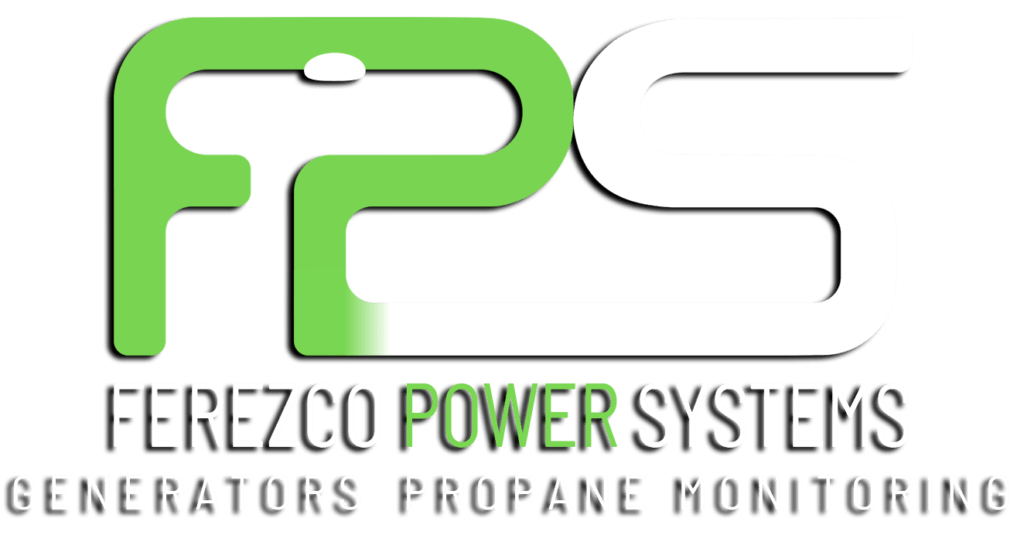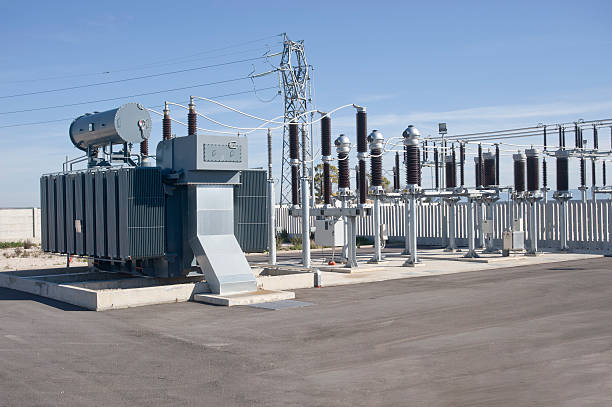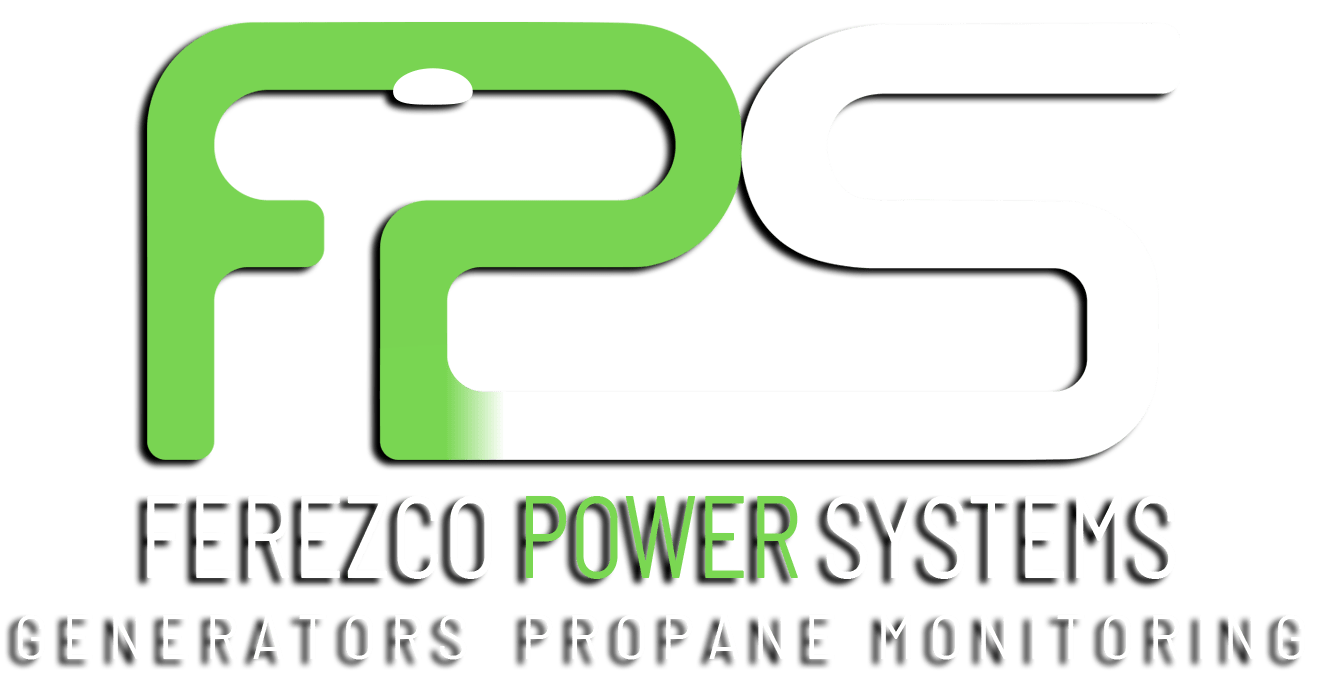Powering up your kitchen’s oven or the air conditioner without a hitch every single time. Switching your home to a 220-volt service can make this a reality. It ensures that all your large appliances have the energy they need to function at their best. In this guide, we’ll show you why and how to make this upgrade smoothly.
What is 220 Volt Service?
A 220-volt service in your home is an electrical upgrade that allows for the efficient operation of high-power appliances such as air conditioners, electric ovens, and washing machines. It provides double the voltage of the standard 120-volt service commonly used for smaller appliances. By upgrading to 220 volts, your home’s electrical system can handle larger appliances with ease, reducing the risk of overloads while improving performance and energy efficiency. This service ensures that your heavy-duty appliances receive the robust power they need to function optimally, ultimately enhancing the overall electrical setup in your home.
Related: What Is a Ground Wire, and Why Is It Important?
Reasons to Upgrade
Upgrading your home to a 220-volt service offers numerous practical advantages that extend beyond mere convenience. Firstly, it significantly enhances the performance of heavy-duty appliances like air conditioners, electric ovens, and washing machines. These appliances require more power to operate efficiently, and a 220-volt service ensures they receive this power without overloading your home’s electrical system. This not only leads to better functionality but also extends the lifespan of the appliances by reducing their operational stress.
Additionally, a 220-volt setup is more energy-efficient. Appliances can draw power more effectively at higher voltages, which translates to quicker operation with less energy consumption. This efficiency can reduce your electricity bills, making it a cost-effective upgrade in the long run. Moreover, the safety of your electrical system is significantly improved by adapting to 220 volts. It minimizes the risk of electrical fires and other hazards associated with overloading underpowered systems, providing peace of mind that your home is safe.
Another compelling reason to consider this upgrade is the future-proofing it offers. As technology advances, more home appliances and systems are designed to operate optimally at 220 volts. Upgrading now means you won’t face the hassle and additional expense of frequent electrical modifications each time you purchase a new appliance or gadget.
Finally, the resale value of your home can increase with a 220-volt service installed. Many homebuyers recognize the added value of an upgraded electrical system, particularly in regions with high dependency on large cooling or heating systems.
Related: Types of Electrical Wire for Residential Buildings
Assessing Your Current Electrical System
Before considering an upgrade to a 220-volt service, it’s essential to thoroughly assess your current electrical system to ensure it can handle the increased voltage without any issues. This assessment is not just about checking if your system can support more powerful appliances but also about ensuring the safety and efficiency of your entire home’s electrical infrastructure.
Start by examining your current electrical panel to see if it has the capacity for additional circuits, which are often needed for a 220-volt upgrade. Older homes, in particular, might have panels that are already near capacity, and upgrading could mean a complete panel replacement. It’s also crucial to inspect the condition of your wiring. Homes with outdated or deteriorated wiring may require significant rewiring to safely handle a 220-volt system, especially if you’re planning to power high-demand appliances.
Hiring a professional electrician for this assessment is highly recommended. They can provide a detailed evaluation of your current setup, including checking the panel’s age and brand, wire thickness and insulation type, and overall system integrity. An electrician can also test for any existing issues, such as overloaded circuits or potential fire hazards, which need to be addressed before any upgrade can be safely implemented.
This step is not just a precaution; it’s a critical investment in your home’s safety and functionality. By fully understanding the state of your existing electrical system, you can make informed decisions about the upgrade, anticipate potential costs, and avoid any future problems that might arise from an inadequately prepared electrical setup. This thorough assessment will lay a strong foundation for a successful and efficient upgrade to 220 volts, ensuring that your home’s electrical system is robust and reliable for years to come.
Related: How to Find Generator Repair in San Antonio TX
Step-by-Step Guide to Upgrading
- Begin by consulting a licensed electrician who has experience with 220-volt systems. They will help you understand the scope of the project, including the need for new wiring, changes to your electrical panel, and any local code requirements that must be met.
- Allow the electrician to conduct a detailed assessment of your home’s existing electrical system. This includes checking the capacity of your current panel to handle the additional load and evaluating the condition of the wiring. They should also identify any potential challenges or areas that need special attention during the upgrade.
- Depending on your location, upgrading to a 220-volt service may require a permit from local authorities. Your electrician can usually handle the process of obtaining the necessary permits, ensuring that all work is compliant with local electrical codes and standards.
- If needed, the electrician will upgrade your electrical panel to accommodate the 220-volt service. This may involve replacing the existing panel or adding a new one that can handle more circuits and higher voltage.
- The electrician will install new circuits and wiring specifically designed for 220-volt appliances. This step is crucial to ensure that the system is safe and can efficiently handle the increased power requirements.
- Once the installation is complete, the electrician will test the entire system to ensure everything is functioning correctly. This includes checking that all new appliances and fixtures are receiving the correct voltage and that there are no issues with circuit overloads or faulty wiring.
- After testing, a final inspection by the local building or electrical inspector may be required to close out the permit. This inspection is to confirm that the installation meets all safety standards and code requirements.
- Finally, ensure that your electrician provides you with information on how to safely operate your new 220-volt system, including any maintenance tips and how to recognize potential issues in the future.
Costs Involved
When planning to upgrade your home to a 220-volt service, understanding the associated costs is essential for effective budgeting. The total expense can vary widely, primarily depending on your home’s age, the current electrical setup, and the complexity of the required upgrades. Typically, hiring a licensed electrician will cost anywhere from $500 to $2,000, which should include labor and a preliminary inspection.
If your electrical panel is outdated and can’t support the new service, upgrading to a modern panel might cost between $1,000 and $4,000. Installing new wiring for 220-volt circuits is another significant expense, potentially adding $2,000 to $5,000 to your bill, depending on the extent of the wiring needed and your home’s layout.
Additionally, local building permits and inspection fees can range from $200 to $1,000, which ensures that all modifications meet the current electrical codes. You might also face miscellaneous costs for restoring walls or repainting areas affected during the installation. By comprehensively evaluating these costs, homeowners can prepare financially for the upgrade process, ensuring a smooth transition to a more efficient and capable home electrical system.
Related: What Size Generator Do I Need for a 3 Bedroom House
Final Thoughts
Upgrading your home to a 220-volt service offers numerous advantages, from enhanced appliance performance and energy efficiency to improved safety and increased home value. By ensuring your electrical system can accommodate larger, more power-intensive appliances, you not only make your home more functional but also future-proof it against the needs of advanced technologies. Remember, while the initial costs might seem substantial, the long-term savings, efficiency, and safety enhancements can make this upgrade a wise investment.
If the process seems daunting, Ferezco Power Systems is here to help. With years of expertise in electrical upgrades and a commitment to quality and customer satisfaction, Ferezco Power Systems can guide you through every step of the upgrade process. With very first initial assessments and obtaining permits to professional installation and final inspections, our team ensures that your home’s electrical system is upgraded seamlessly and safely, tailored to meet your specific needs.
People Also Ask
What is a 220-volt service?
A 220-volt service provides more power than the standard 120-volt, allowing heavy-duty appliances to operate more efficiently and safely.
Why should I upgrade to a 220-volt service?
Upgrading enhances appliance performance, increases energy efficiency, improves safety, and can boost your home’s resale value.
What are the typical costs involved in upgrading to 220 volts?
Costs can vary but generally include fees for an electrician, new electrical panel, wiring, permits, and inspections, ranging from $1,000 to $6,000.
Do I need a professional to upgrade to 220 volts?
Yes, hiring a licensed electrician is crucial for safely assessing your current system, handling installations, and ensuring compliance with local electrical codes.
How can Ferezco Power Systems help in upgrading to 220 volts?
Ferezco Power Systems offers comprehensive services from system assessment and obtaining permits to professional installation and final system checks, ensuring a seamless upgrade tailored to your needs.




